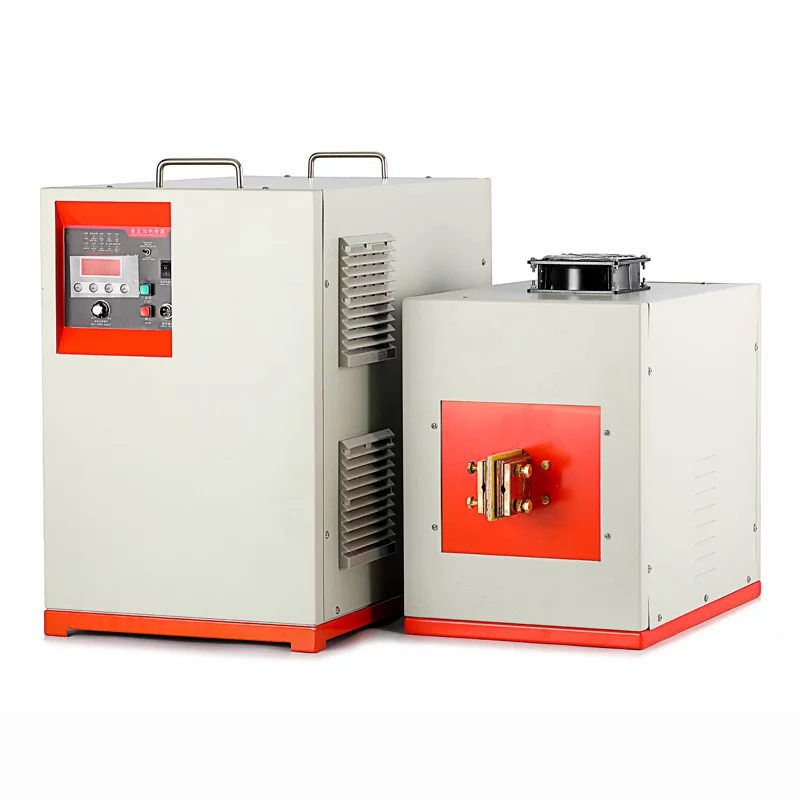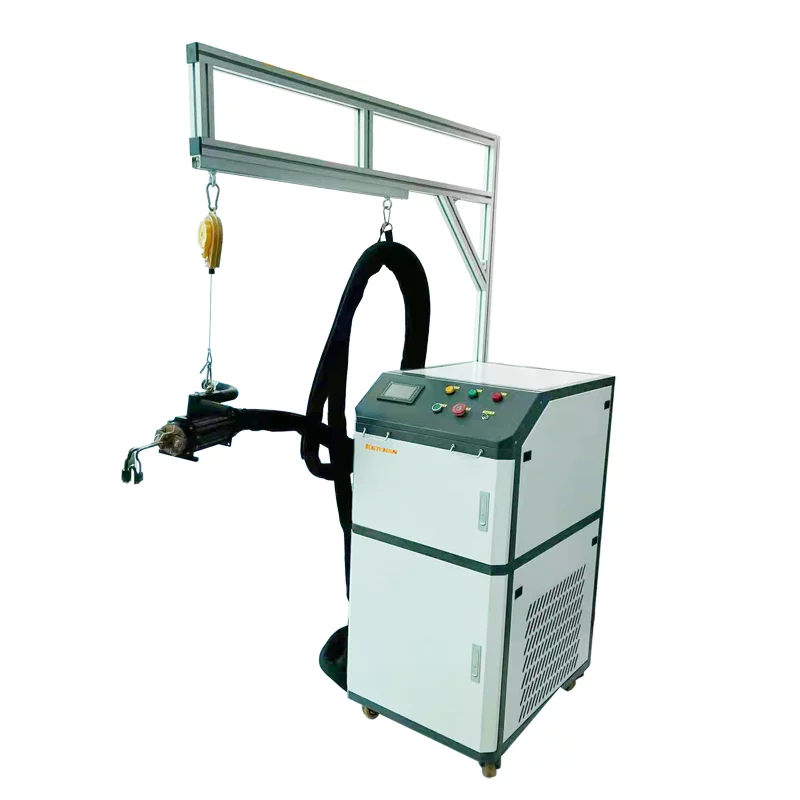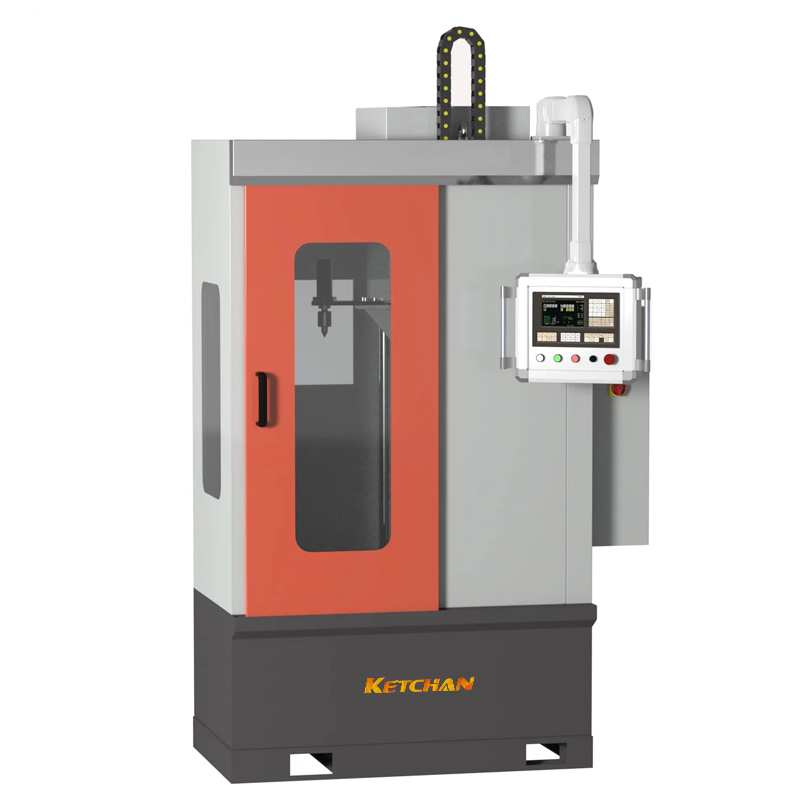For the quenching of a single workpiece, the spray quenching technology itself can achieve controllable pre-cooling quenching, because it can be preset for the beginning of the spray. For batch workpiece immersion quenching, a high concentration PAG solution is the only quenching cooling medium. By changing the concentration of polymer in the solution, quenching can be pre-set and controllable delayed.
Ucon-e aqueous solution is prepared from a special PAG polymer polymerized from ethylene oxide and propylene oxide. The polymer is a block polymer that not only has the well-known technological advantages of the commonly used random PAG copolymers but also can cover the workpiece surface more uniformly throughout the quenching process.No matter what polymer solution the high-temperature metal is immersed in, a vapor film will form due to the immediate evaporation of water at the interface of the high-temperature metal. This vapor film is then enclosed by a polymer film. For PAG quenching cooling media, polymer films are fluid and variable. At this stage, the heat transfer from the hot metal is slow as it must pass through the gas and must have the energy to destroy the polymer film. After continuous cooling, the trapped steam breaks through the fluid film, water escapes, and heat transfer begins in the form of nuclear boiling.
The higher the concentration of the polymer solution, the thicker the film. As the film thickness increases, the film becomes more insulated, resulting in slower heat transfer during the first stage of quenching. The heat transfer characteristics of the polymer film are also affected by the strength of the metal interface film at high temperature during quenching (the strength increases with the increase of polymer molecular weight) and the viscosity of the hydrated polymer at the interface. The heat transfer is inversely proportional to the viscosity of the quenched cooling medium at the high temperature metal interface.
When the heat in the steam film stage can effectively destroy the hydrated polymer film, the heat transfer at the surface is suddenly accelerated. This is where the discontinuous change in the cooling rate occurs. The higher the polymer concentration and the thicker the film, the longer the time required to break through the film, which provides a controllable parameter for pre-cooling quenching (in addition to the liquid temperature and stirring rate).





